
At The Rockefeller Foundation, we pride ourselves on the real-world impact of our work. There is so much we’re continually learning across our broad portfolio, and synthesizing and sharing it, thereby allowing us to work better is the heart of Knowledge Integration. But it doesn’t end there—we need to connect the dots back out and further apply what we know. And last week’s Resilience Academy enabled us to do just that while not only better connecting with our work, but with each other.
“We need to connect the dots back out and further apply what we know.”
The Resilience Academy evolved from the need to help practitioners—or would-be practitioners—go beyond the sometimes abstract concept of resilience. The first academies were developed as part of the Foundation’s support to the National Disaster Resilience Competition; now, they’re being rolled out globally, starting at our all-staff internal Resilience Academy at Wave Hill in New York City last week.

Inside the Resilience Academy
For two days, we left the familiar settings of our offices and met offsite to shift our mindset from the daily routine and share, collaborate, and exchange perspectives and experiences on resilience and how it affects all our work. The level of participation was remarkable—almost 90 percent of our New York City staff attended. This also offered the opportunity for staff to connect with work across the Foundation that goes well beyond their own day-to-day roles (something that staff have expressed an appetite for in the past).
Discussions ranged from how we’re working to create more resilient cities, incorporating resilience into humanitarian response, how to most effectively communicate resilience, and stories of resilience (or lack thereof) during the 1977 New York City blackout compared to the 2003 one from a first-hand perspective.
But the heart of the Academy were team exercises to build resilience strategies based on case studies from our work and internal operations. For example, the team I was on focused on preventing food waste in New York City (another focused on Denver). Other teams discussed increasing the resilience of an employed, young person of color in a low-income neighborhood in Chicago; looking at how gender equity can increase the resilience of communities affected by our Smart Power for Rural Development initiative; how to make our grantees and grantmaking more resilient; and more.

As teams, we identified potential shocks and stresses, brainstormed on activities that would strengthen the program and increase its resilience, and looked how these would benefit various groups.
What resonated with staff the most?
As we chatted at the end of the two days, it was clear that the chance to work together across teams energized us and created new connections and bonds. Drawing on our diverse backgrounds and experiences, all perspectives were welcomed and valuable during our team activities. Personally, it was gratifying to see the infectious enthusiasm as everyone participated and how each team included members across departments when reporting their resilience framework to the broader group.

Another theme that we heard repeatedly is the importance of resilience as a process rather than a fixed end point. At the Foundation, we talk a lot about the importance of looking at problems through a systems lens and what it takes to change complex systems with intersecting levers. The Resilience Academy showed that the process of bringing together different sectors—or in our case different departments—to collaborate is the “secret sauce” in making places truly resilient.
What made resilience “stick” among staff was the mix of digging deep into case studies along with staff sharing stories from our work. Throughout the Academy, we heard stories of people and communities made more resilient, and able to thrive even in the face of ongoing stresses and extreme shocks, whether it was through road-building in rural Ethiopia, planning for flooding and creating a more liveable city in Boulder, or enlisting elementary school students as community leaders to control Dengue in Semarang, Indonesia. These examples moved resilience beyond abstraction and created a newfound personal connection among staff to our work.
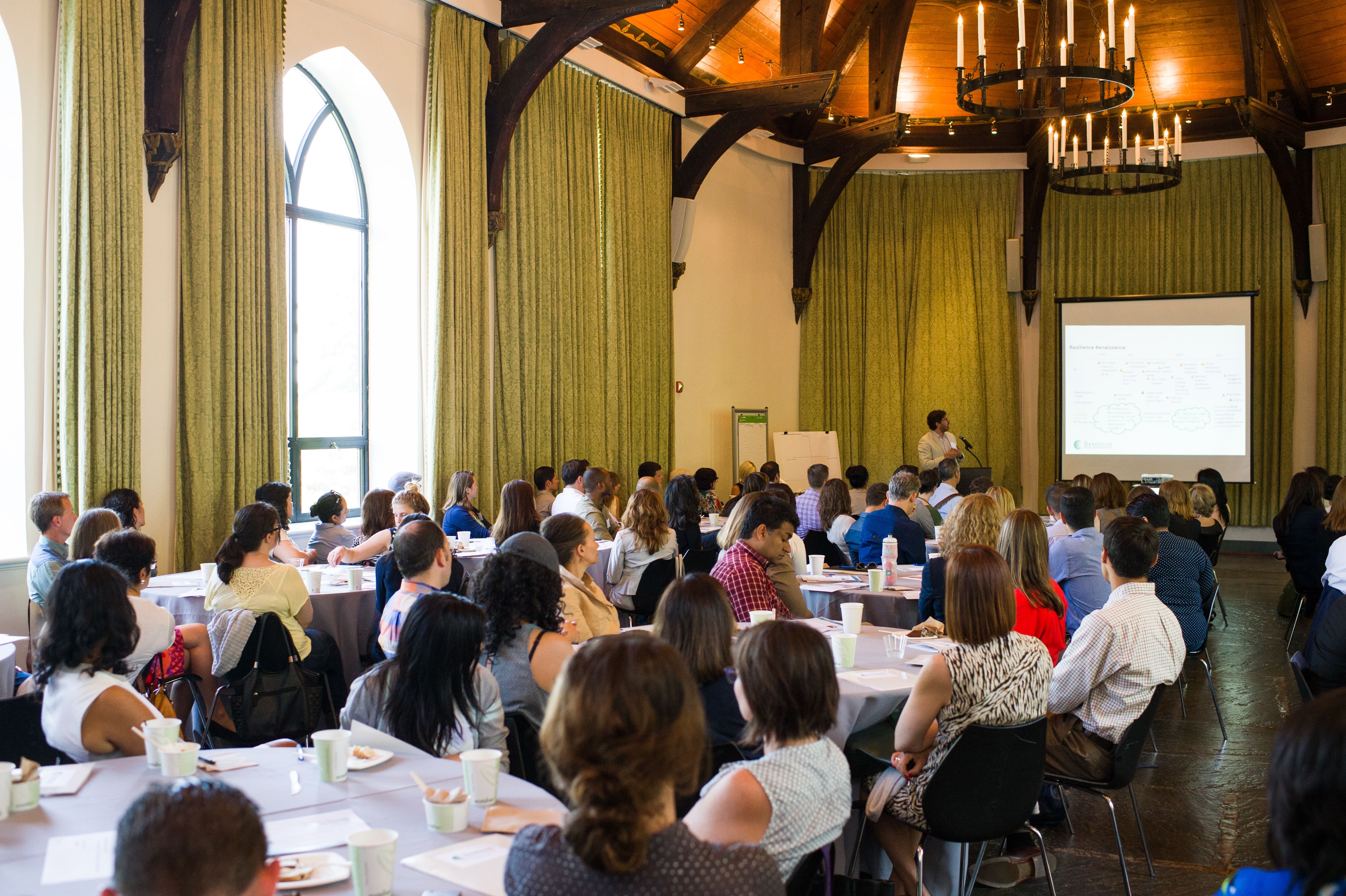
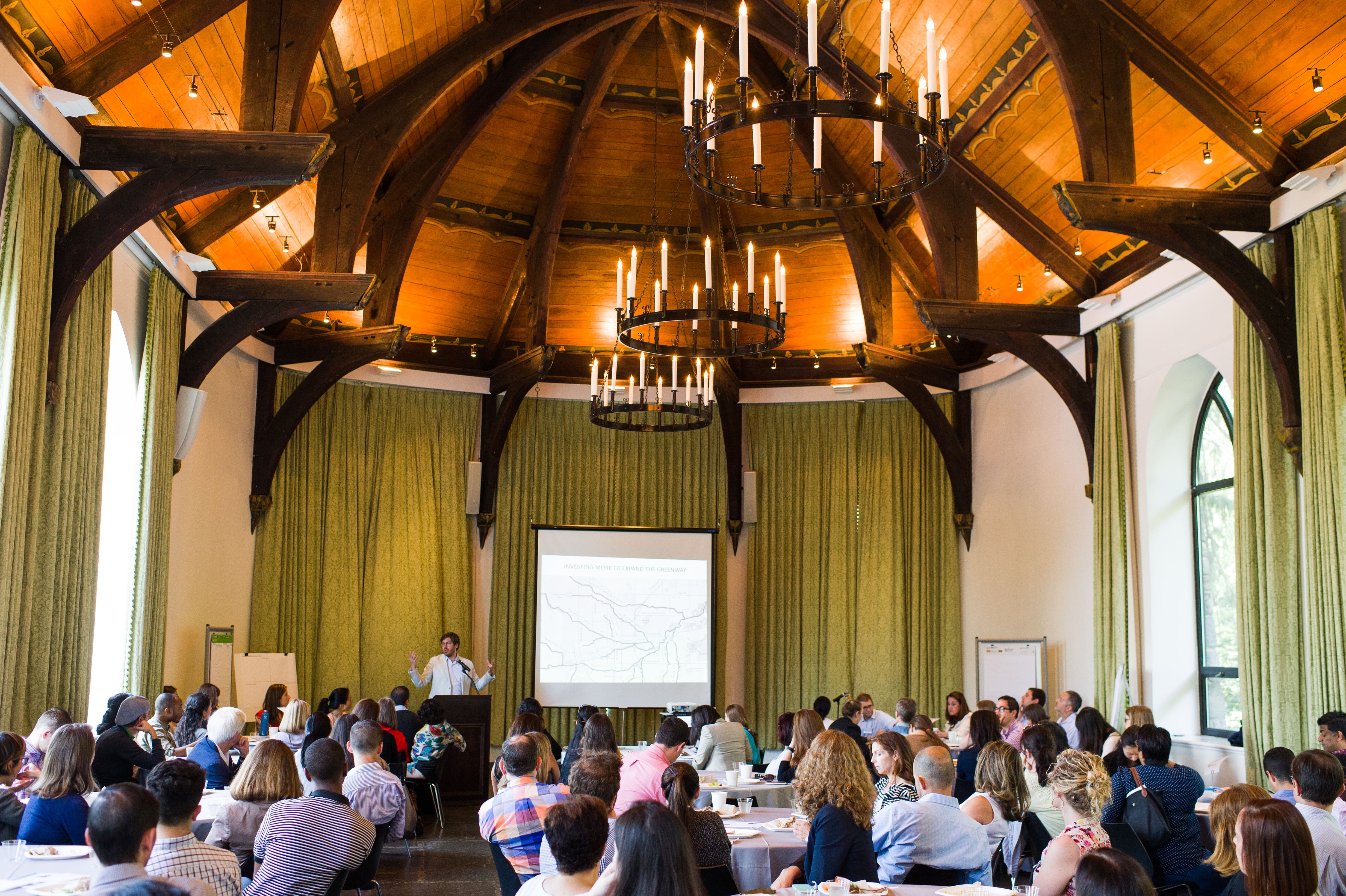
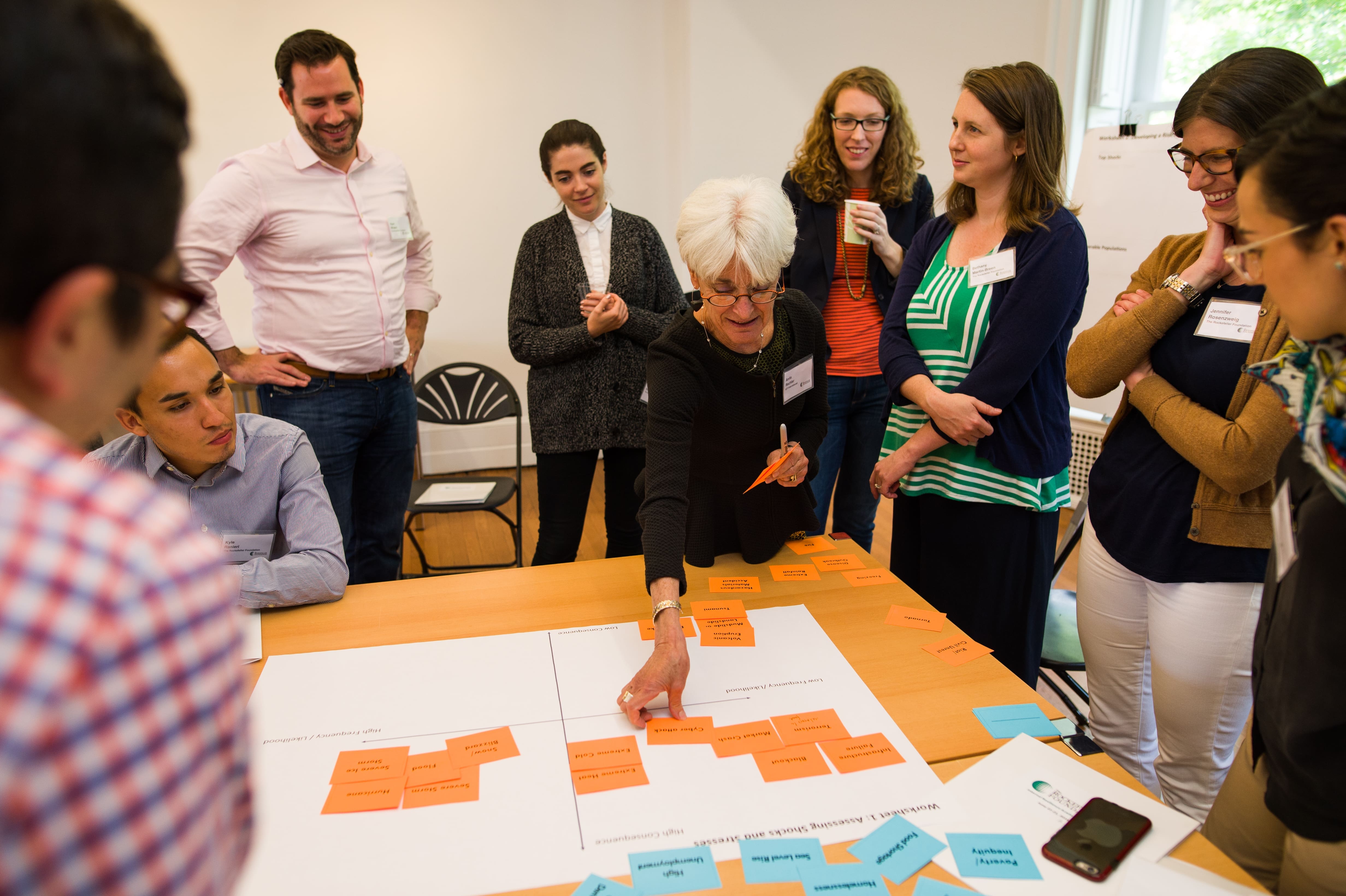
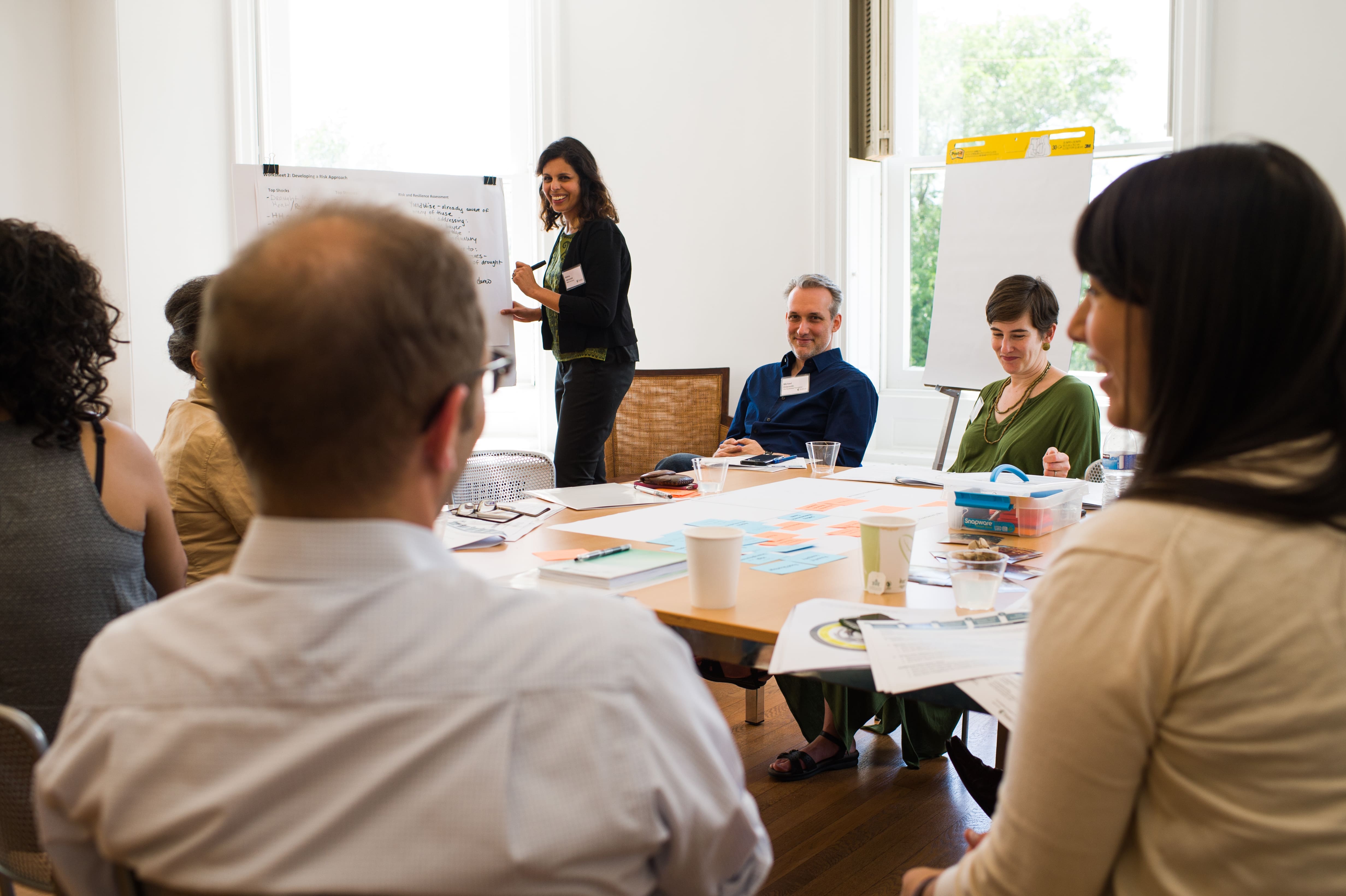
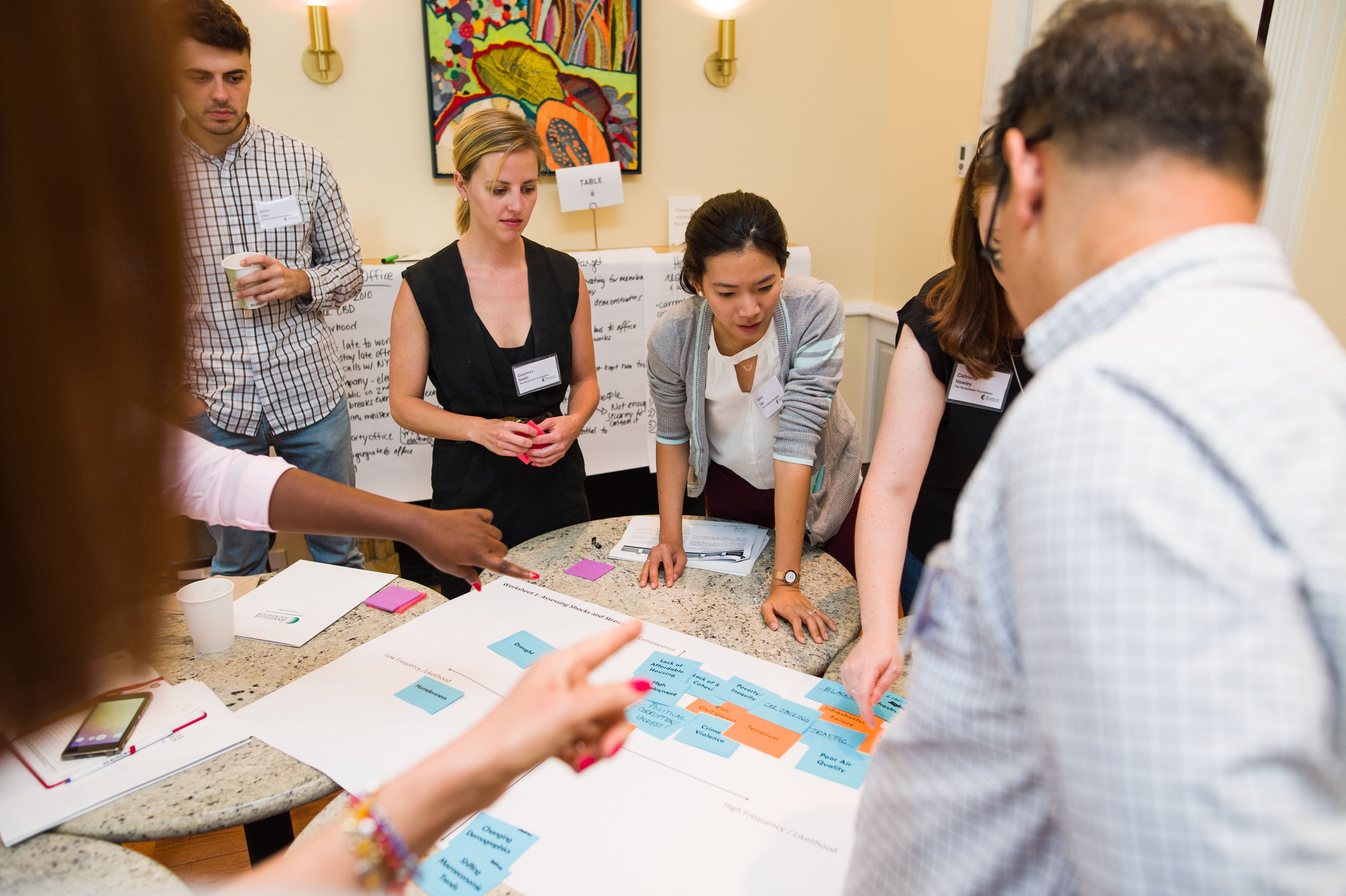
Leave a comment